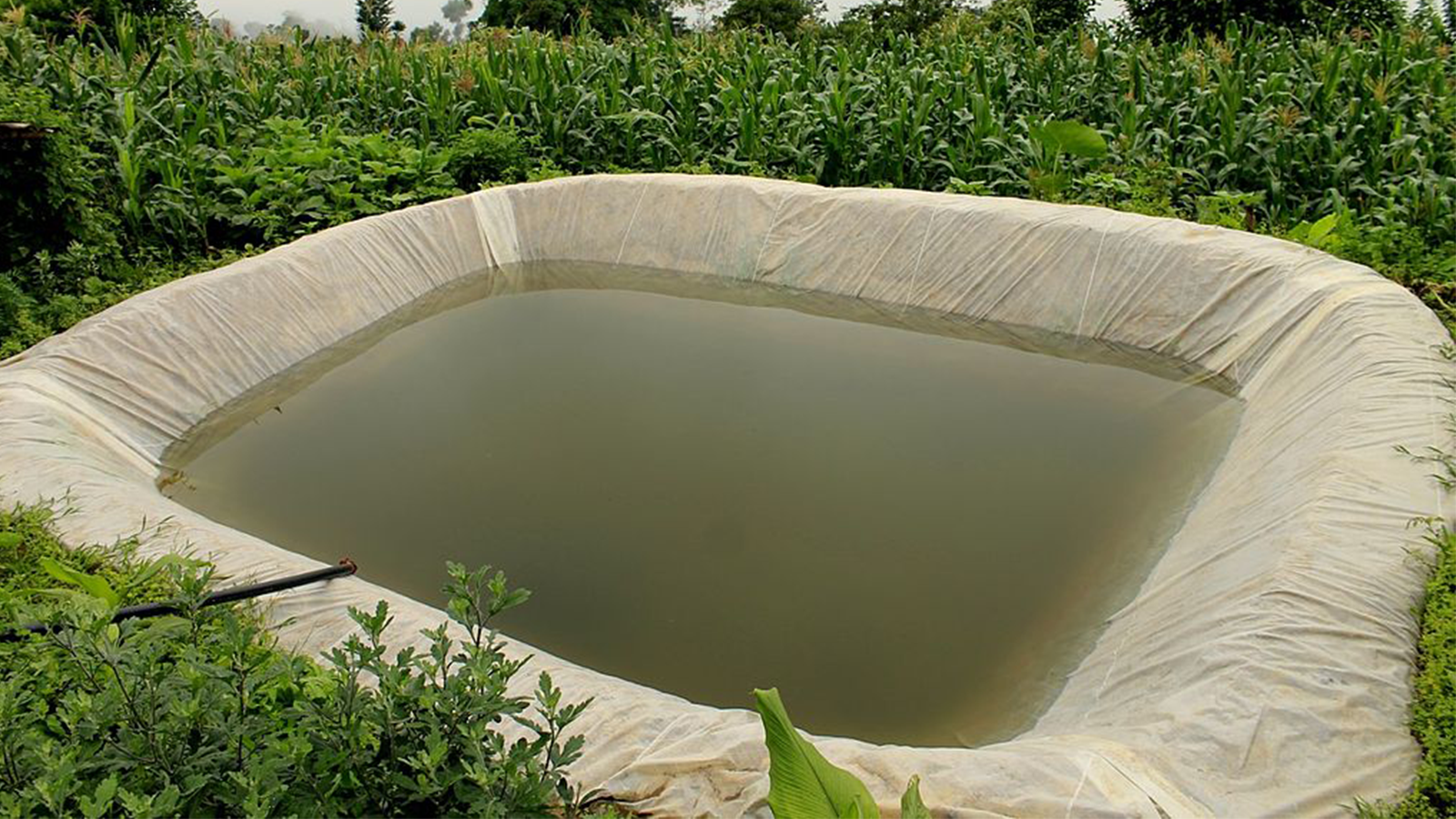
As the global population continues to grow, water scarcity has become a serious concern in many parts of the world. From urban households to rural farms, the pressure to use water more responsibly is rising. One of the most effective and sustainable ways to address this issue is rainwater harvesting. Though the idea is ancient, it is becoming increasingly relevant in modern times.
Rainwater harvesting involves collecting and storing rainwater from rooftops, paved surfaces, or land areas for future use. This stored water can be used for a wide range of purposes, including irrigation, toilet flushing, laundry, and even drinking when properly treated. This simple yet impactful method can offer countless environmental, economic, and social benefits.
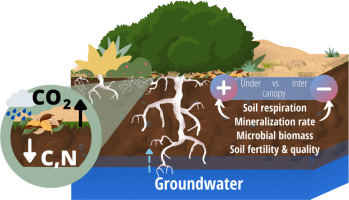
One of the most important benefits of rainwater harvesting is that it helps reduce our reliance on underground water sources. Excessive groundwater extraction has led to falling water tables and drying wells, especially in urban areas. By using harvested rainwater for non-drinking purposes, communities can reduce the pressure on groundwater systems and promote more sustainable water management.

For households and businesses, water bills can be a significant monthly expense. Using rainwater for daily activities such as gardening, washing cars, and flushing toilets can help reduce water consumption from the main supply. Over time, this results in considerable cost savings. In some countries and cities, governments even offer tax benefits or incentives to households that install rainwater harvesting systems.
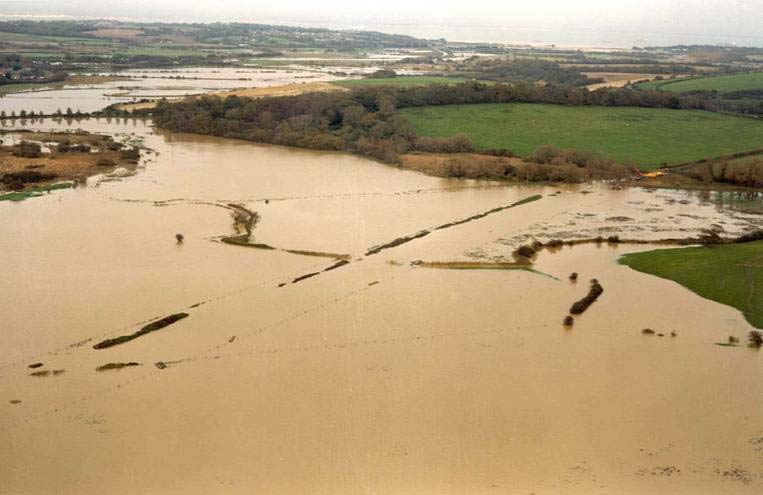
Urban areas with poor drainage systems often face flooding during heavy rainfall. Rainwater harvesting systems can help by capturing runoff before it accumulates on roads and in drains. This not only reduces the risk of local floods but also minimizes soil erosion in rural or sloped areas. It helps stabilize the ground and maintain the natural landscape.

When rainwater runs off streets and sidewalks, it often carries pollutants like oil, garbage, and chemicals into local rivers and lakes. This harms aquatic life and lowers water quality. By capturing rainwater at the source, less polluted runoff enters water bodies. This helps protect the local ecosystem and supports cleaner surface water.
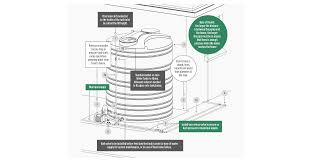
During dry seasons, water shortages can affect everyone from farmers to city residents. Rainwater harvesting provides a backup supply when municipal or groundwater sources run low. For agricultural lands, this stored rainwater can be vital for crops during droughts. In emergency situations or disasters, harvested rainwater can be used for basic needs until other sources are restored.

Rainwater is naturally soft and free from harmful chemicals such as chlorine and fluoride, which are commonly found in tap water. This makes it better suited for watering plants and gardens. Many gardeners have found that plants grow faster and healthier when watered with rainwater. It also helps reduce the use of chemical fertilizers and promotes a more organic growing process.
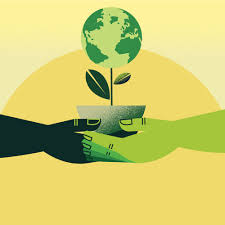
Installing a rainwater harvesting system is more than just a plumbing task it’s a lifestyle change. People who invest in these systems often become more aware of their water usage. It promotes eco-friendly habits, encourages water conservation, and inspires others in the community to adopt similar practices. This kind of community participation is essential in the fight against climate change and environmental degradation.

Homeowners who install rainwater harvesting systems are investing not only in the environment but also in their property. Green homes with sustainable features such as solar panels and rainwater tanks are often more attractive to buyers. These features are seen as smart long-term investments, especially in areas where water scarcity is a concern.
A typical rainwater harvesting system includes:
The complexity of the system depends on the user’s needs and local weather patterns. In dry regions, larger storage and advanced filtering may be needed, while smaller systems work well in wetter areas.
While rainwater harvesting has many benefits, there are some challenges:
Governments and environmental organizations are increasingly promoting awareness of these systems. Educational programs, grants, and technical support are now more widely available to help individuals and communities adopt rainwater harvesting.
With climate change making weather patterns more unpredictable and water resources more strained, the need for sustainable water solutions is urgent. Rainwater harvesting offers a practical, low-tech, and cost-effective answer. It empowers individuals, supports communities, and protects the environment. Whether you’re a homeowner, farmer, or city planner, adopting rainwater harvesting is a step toward a more secure and sustainable future.
Let’s not wait for the next drought or flood to rethink how we use water. Every drop counts and with rainwater harvesting, every drop is saved
Read More:- Deyaar’s Latest Announcement Shakes Up the UAE Property Market
